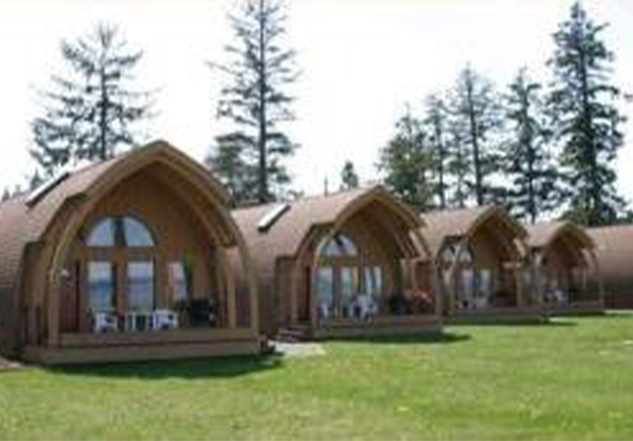
Architectural personalization is a part of human culture, and today people are placing higher and higher demands on this aspect of culture. Personalized Product Customization — Rundong creates exclusive products for you!
Panel Buildings
Assembled from prefabricated large interior and exterior wall panels, floor panels, and roof panels, also known as large-panel buildings. It is the main type of fully assembled building in the industrialized building system. Panel buildings can reduce structural weight, improve labor productivity, expand usable building space, and enhance seismic performance. The interior wall panels of panel buildings are mostly solid or hollow reinforced concrete panels; the exterior wall panels are mostly reinforced concrete composite panels with insulation layers, and can also be made of lightweight aggregate concrete, foam concrete, or large-hole concrete with exterior finishes. Building installations often use centralized indoor pipeline fittings or modular bathrooms to increase the degree of assembly. The key issue in large-panel buildings is joint design. Structurally, it is necessary to ensure the integrity of component connections (the main connection methods between panels are welding, bolted connections, and post-cast concrete integral connections). In terms of waterproofing, it is necessary to properly address the waterproofing of exterior wall panel joints, as well as the thermal treatment of floor joints and corners. The main disadvantage of large-panel buildings is the significant restrictions on building shapes and layouts; small-span, transversely load-bearing large-panel buildings lack flexibility in internal partitions (the internal partitions of longitudinal wall, internal column, and large-span floor panel structures can be flexibly adjusted).


Leave a Reply